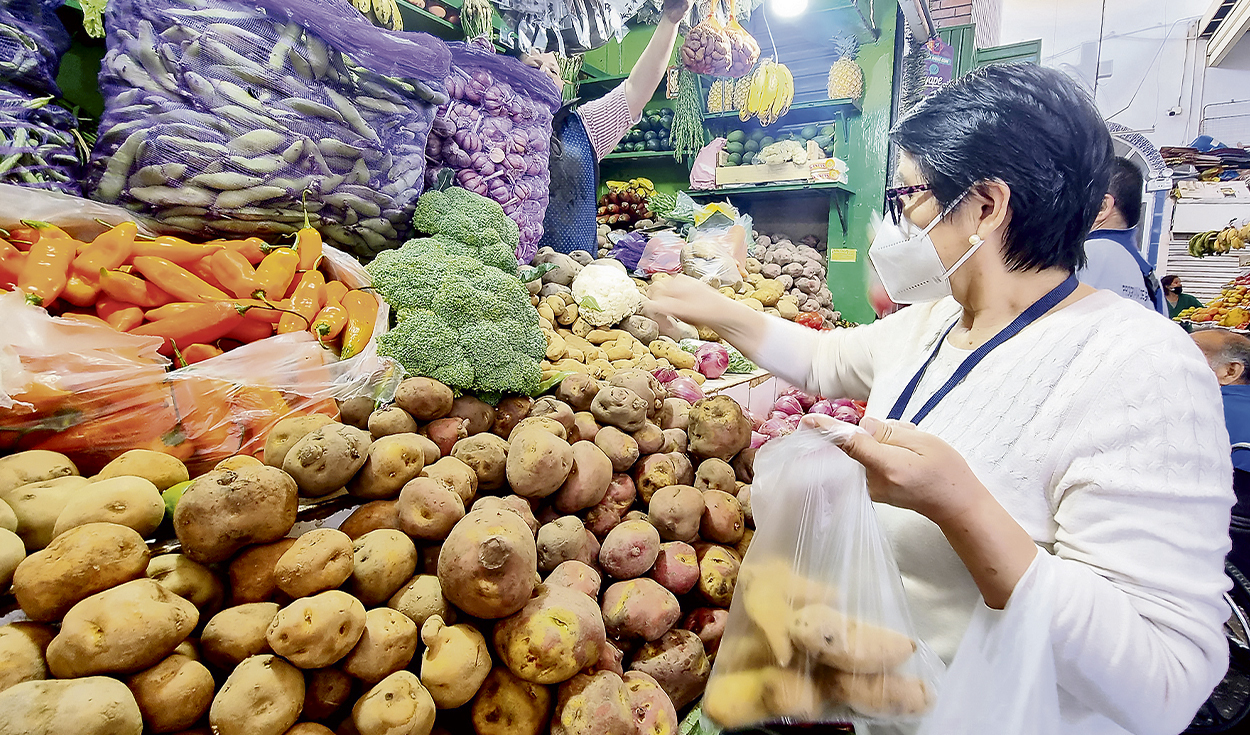
The prices of vegetable oils, dairy products and sugar were the ones that pushed this indicator down.
For the tenth consecutive month, world food prices fell in January this year, reported the Food and Agriculture Organization of the United Nations (FAO). In addition, the entity published its forecasts on the supply of cerealswhich will remain scarce in 2023.
according to price index The FAO food prices, which follow the monthly evolution of international prices for a basket of products, recorded an average of 131.2 points during the first month of the year, 0.8% less than the previous month and 17, 9% below its maximum reached in March 2022.
In detail, they were the prices of vegetable oils, dairy products and the sugar that drove the decline in January. Meanwhile, the value of the cereals and meat remained practically stable.
Through a statement, the FAO specified that the cereal price indicator remained practically unchanged (barely 0.1% more) compared to December and that it was 4.8% above its level of a year before. Meanwhile, the international value of wheat fell by 2.5%, since production in Australia and the Russian Federation exceeded expectations.
For its part, the price of corn rose slightly due to the strong demand for exports of Brazil and the concern about the drought in Argentina; while those of the rice registered an increase of 6.2% compared to December.
Likewise, the values of the vegetable oils: 2.39%. Oil palm and soybean prices fell amid subdued global import demand, while sunflower and rapeseed prices fell due to ample export supplies, the FAO explained.
The prices of dairy products also fell (1.4%), those of sugar (1.1%) and meat (0.1%).
cereal production
In its latest FAO report on cereal supply and demand, the forecast for world cereal production in 2022 was raised to 2,765 million tons, 1.7% below the results of 2021.
By 2023, FAO indicated that early indications point to a likely increase in winter wheat acreage in the northern hemisphere, especially in USA; while it is estimated that the serious repercussions of the war in Ukraine will reduce winter wheat plantings by 40%.
Compared to the previous year, the FAO forecasts that world cereal utilization in 2022-2023 will decrease by 0.7% to reach 2,779 million tons, with a drop in that of the corn; meanwhile, that of wheat grows and that of rice varies little from one year to another.
World cereal stocks are forecast at 844 million tonnes at the end of the marketing year, bringing the global stocks/utilization ratio for 2022-2023 down to 29.5%.
Source: Larepublica
Alia is a professional author and journalist, working at 247 news agency. She writes on various topics from economy news to general interest pieces, providing readers with relevant and informative content. With years of experience, she brings a unique perspective and in-depth analysis to her work.












